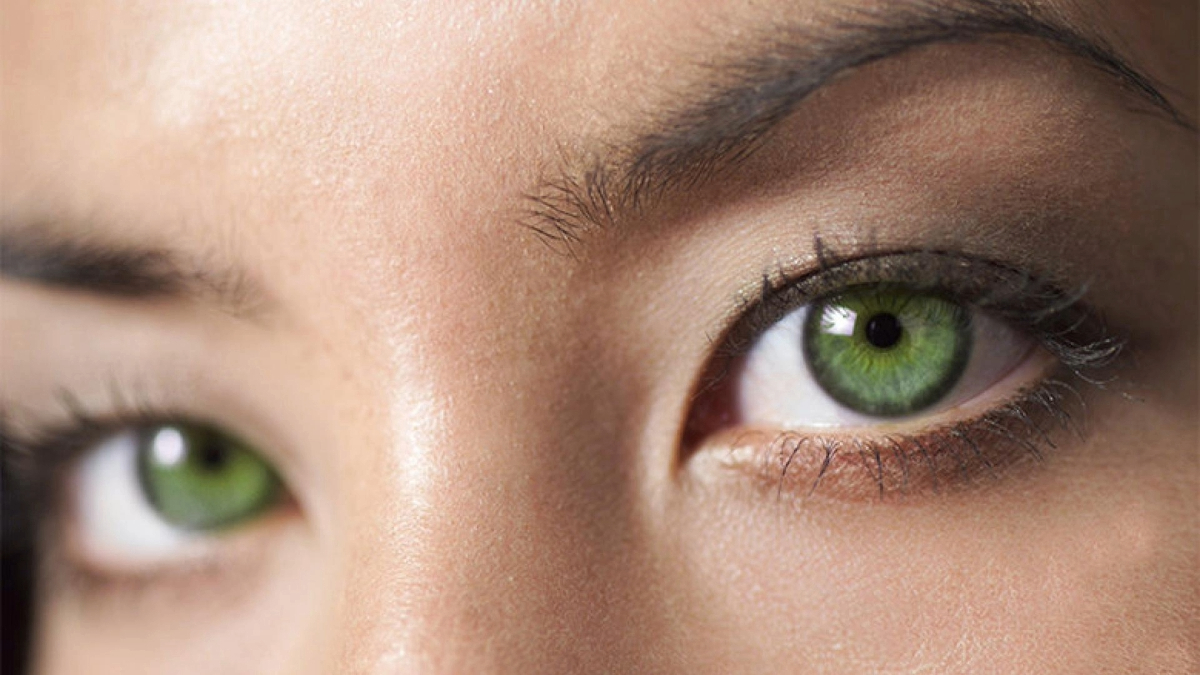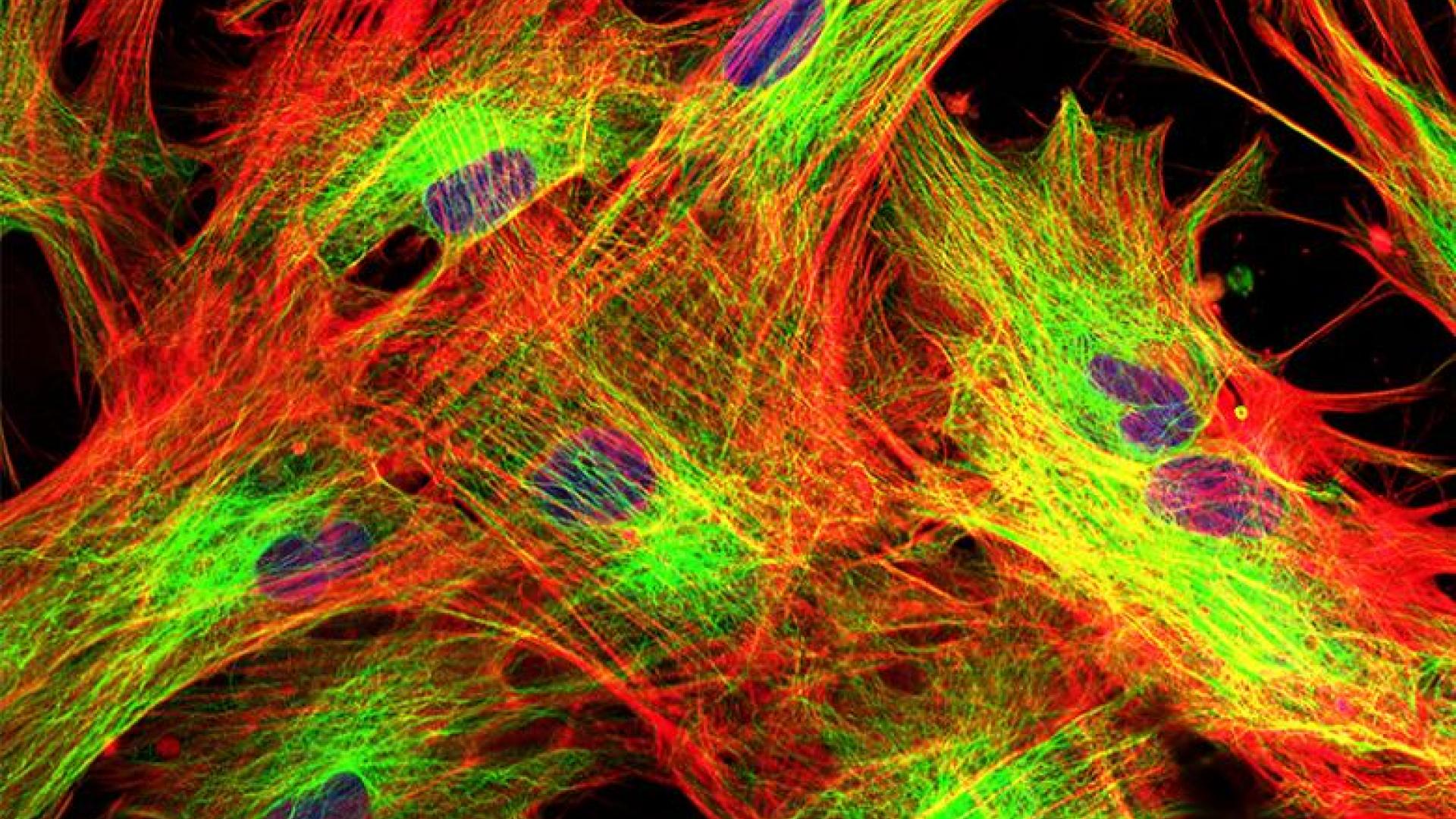
Learn how your eye doctor can determine a great deal about your general health just by examining your eyes.
It is often said that “the eyes are the window to the soul,” and while that may or may not be true, the eye is certainly a window into many health conditions. In fact, sometimes an eye doctor will be the first physician to diagnose a medical condition because the first signs may appear in the eye. Thus, having your eyes thoroughly examined is a lot more than just getting a prescription for new glasses or contact lenses. Without even reporting on your medical history, your eye doctor can learn a lot about your general health. The eye is the only place in the human body where part of your central nervous system is visible. In fact, when an eye doctor observes the retina and optic nerve during an exam, he or she is actually looking at extensions of the brain. But there is even more information that can be gleaned about your health during an eye exam, and some of these conditions are discussed below.
Cardiovascular Disease
High blood pressure, or hypertension, is a very common disease and has different manifestations in the eye depending on the severity and duration of the disease. In very severe hypertension, there are characteristic findings in the eye, including swelling of the optic nerve and bleeding in the retina.
Atherosclerosis is a disease in which plaques form in one’s arteries. The plaque is a buildup of fatty deposits or cholesterol (or other substances) on the wall of the artery. If a piece of the plaque breaks off, it can lodge in the vessels that supply blood flow to your eye, and can cause severe vision loss, such as in a central retinal artery occlusion. Sometimes the patient has no symptoms but the eye doctor may see a remnant of a cholesterol plaque in the very small vessels of your retina, and this can be a warning sign of carotid artery narrowing or other heart problems such as calcified heart valves. Your eye doctor would likely ask you to see your internist, so that other tests can be performed such as an ultrasound of the heart and neck vessels.
In contrast to a blockage of arteries in the eye, it is also possible for veins to have a blockage, and this is called a central retinal vein occlusion. The eye examination will reveal some small hemorrhages (or blood) in the retina as well as other findings called “cotton wool spots.” Because there are risk factors for this condition, such as age, high blood pressure, and high cholesterol, your eye doctor may want to check your blood pressure and blood work to look for conditions that might predispose you to retinal vascular diseases.
Diabetes
Diabetes is now the leading cause of new blindness in adults who live in the United States. Diabetes can have an impact on many parts of the eye, but the most common disorder is diabetic retinopathy, in which blood vessels in the retina swell can swell and leak, or there can be a growth of abnormal new vessels. Sometimes the new vessel growth occurs near the drainage part of the eye, which increases eye pressure and can lead to a severe form of glaucoma, called neovascular glaucoma. The chances of having diabetic retinopathy and having a more severe form of this condition increase when your blood sugar is poorly controlled or you have had diabetes for a long time. Furthermore, risk also increases in patients who also have high blood pressure or high cholesterol, and for certain ethnic groups such as Hispanics, African-Americans, and Native Americans.
Therefore, it is recommended that all patients who are newly diagnosed with diabetes have a dilated eye exam at the time of diagnosis and then yearly thereafter, if there are no signs of retinopathy. In the early stages of diabetic retinopathy, you may not experience any vision changes, but your eye doctor will be able to diagnose the disease by careful examination of your retina. Sometimes diabetes can cause vision changes even if you do not have retinopathy. For example, high blood sugar can cause the lens of the eye to swell which leads to blurry vision, but this usually resolves after your blood sugar goes back to normal. The best way to prevent diabetic retinopathy is to optimize your blood sugar and blood pressure control.
Thyroid Disease
Whether one has hyperthyroidism or hypothyroidism, one can develop thyroid eye disease. In fact, the degree of thyroid eye disease is not always correlated with the thyroid hormone levels found in the blood. Thyroid changes can vary in their severity but can involve either one eye or both eyes. Some of the symptoms include eyelid changes, bulging of the eyes, double vision due to involvement of the eye muscles, dry eye from exposure of the cornea, and sometimes even compression of the optic nerve. Your eye doctor will work with your primary care physician or endocrinologist to help treat the disease.
Autoimmune Disorders
While there are many autoimmune disorders that involve the eye, the focus in this section is on rheumatoid arthritis. The most common eye problem associated with this condition is dry eye, which can be severe, and is related to insufficient tears. Other eye problems are usually seen in patients with more active or severe forms of rheumatoid arthritis. In addition to dry eyes, patients can also have inflammation of other parts of the eye, including the episclera and sclera (parts of the eye wall), peripheral ulcers of the cornea, and inflammation inside the eye. Because of the inflammation, patients will usually experience pain and redness of the eyes. It is important that patients with active rheumatoid arthritis be aware of the symptoms of these inflammatory conditions and seek medical help if they experience them.
Summary
The medical conditions listed above are just a few of the many disorders that can be diagnosed by an eye doctor, and should give you all the more reason to schedule regular dilated eye examinations. Indeed, the American Academy of Ophthalmology recommends an eye disease screening examination for adults over age 40 who do not have any signs or risk factors for eye disease. If you do have any of the medical conditions listed above, or others that were not discussed but may have eye manifestations, please consult your primary care physician about whether you need a referral to an ophthalmologist.
About BrightFocus Foundation
BrightFocus Foundation is a premier global nonprofit funder of research to defeat Alzheimer’s, macular degeneration, and glaucoma. Since its inception more than 50 years ago, BrightFocus and its flagship research programs—Alzheimer’s Disease Research, Macular Degeneration Research, and National Glaucoma Research—has awarded more than $300 million in research grants to scientists around the world, catalyzing thousands of scientific breakthroughs, life-enhancing treatments, and diagnostic tools. We also share the latest research findings, expert information, and resources to empower the millions impacted by these devastating diseases. Learn more at brightfocus.org.
Disclaimer: The information provided here is a public service of BrightFocus Foundation and is not intended to constitute medical advice. Please consult your physician for personalized medical, dietary, and/or exercise advice. Any medications or supplements should only be taken under medical supervision. BrightFocus Foundation does not endorse any medical products or therapies.
- Eye Health
- Eye Tests
- Prevention









